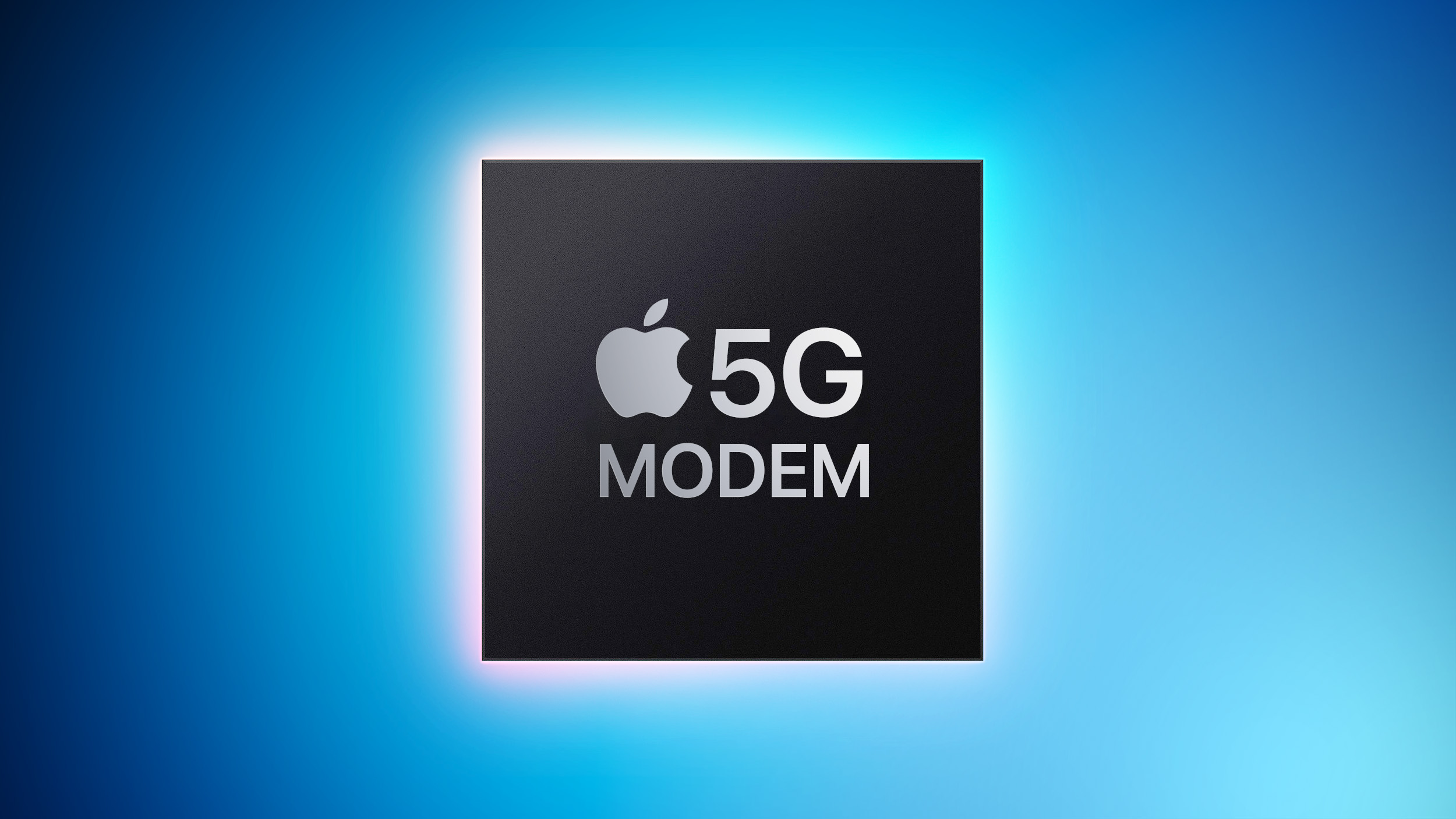09.21.2023
In the last few years, Apple has spent billions of dollars attempting to develop its own modem chip to replace the Qualcomm modem chips that it uses in iPhones, but

Apple's plan to design its own in-house modem led to the hiring of thousands of engineers: Apple acquired the majority of Intel's smartphone modem business in 2019, and as it filled the project's ranks with Intel engineers and others hired from Qualcomm, company executives set a goal to have the modem chip ready for fall 2023.
The modem chip project was codenamed Sinope, after the nymph in Greek mythology who outsmarted Zeus.
However, "it soon became apparent to many of the wireless experts on the project that meeting the goal was impossible," according to the report.
The obstacles to finishing the chip were "largely of Apple's own making," according to former company engineers and executives familiar with the project who spoke to WSJ. Teams working on the project were "slowed by technical challenges, poor communication and managers split over the wisdom of trying to design the chips rather than buy them."
From the report:
Apple had planned to have its modem chip ready to use in the new iPhone models. But tests late last year found the chip was too slow and prone to overheating. Its circuit board was so big it would take up half an iPhone, making it unusable.Apple's ability to design its own microprocessors for iPhones and iPads reportedly caused the company to think it could build modem chips. However, such chips transmit and receive wireless data from various types of wireless networks, and must comply with strict connectivity standards to serve wireless carriers around the world, making them a significantly more challenging undertaking.
Teams were siloed in separate groups across the U.S. and abroad without a global leader. Some managers discouraged the airing of bad news about delays or setbacks from engineers, leading to unrealistic goals and blown deadlines.
"Just because Apple builds the best silicon on the planet, it's ridiculous to think that they could also build a modem," said former Apple wireless director Jaydeep Ranade, who left the company in 2018, the year the project began.
Executives reportedly better understood the challenge after Apple tested its prototypes late last year. The results weren't good, according to people familiar with the tests who spoke to WSJ. The chip was too slow and prone to overheating, while its circuit board was so big it would take up half an iPhone, making it unusable. The chips were "essentially three years behind Qualcomm's best modem chip," and using them threatened to make iPhone wireless speeds slower than its competitors.
Apple was forced to settle its lawsuit with Qualcomm and has since used Qualcomm 5G modem chips for its latest iPhone and iPad lineups. As it stands, 2025 may be the soonest that the technology is finally advanced enough for Apple to phase out Qualcomm, according to the report's sources.
"These delays indicate Apple didn't anticipate the complexity of the effort," said Serge Willenegger, a former longtime Qualcomm executive who spoke to WSJ. "Cellular is a monster." Underlining the significance of Apple's setback, the company last week extended its agreement to obtain modems from Qualcomm for three more years.
This article, "WSJ: Apple's 5G Modem Prototypes 'Three Years Behind Qualcomm's Best Chip'" first appeared on MacRumors.com
Discuss this article in our forums
You may also be interested in this
The MacRumors Show: March…
02.02.2024
On this week's episode of The MacRumors Show, we discuss Apple's potential March event to unveil new iPad and Mac models, iOS 18 as the "biggest" ever iPhone software update,
Top Stories: Final Cut Pr…
05.27.2023
We're just over a week away from the WWDC keynote where Apple will reportedly finally reveal its long-rumored mixed-reality headset, and there are undoubtedly a number of other announcements planned
Apple’s Touchscreen…
01.27.2024
Apple is believed to be working on a new full-sized HomePod that features a touchscreen display for the first time. The device is rumored to launch as soon as the
Should Apple Kill Siri an…
04.18.2024
Few features have promised to revolutionize the way we interact with our Apple devices as much as Siri, the company's ubiquitous virtual assistant. Launched in 2011, Siri was introduced as
Apple Prepares to Launch …
05.18.2024
Apple will soon begin selling the Vision Pro in additional markets outside the U.S., according to Bloomberg, and Mark Gurman today reports that the United Kingdom and Canada are included
Apple Tweaks iOS 18 Photo…
08.05.2024
With iOS 18, iPadOS 18, and macOS Sequoia, Apple is introducing a new design for the Photos app, which is designed to better surface high-quality images so that users are
OLED MacBook Pro With Thi…
02.11.2025
Apple's first OLED MacBook Pro remains on schedule for a 2026 release, featuring the new slimmer design Apple is rumored to be working on, based on a new report from
Amazon Introduces New Low…
05.05.2025
Amazon this week is discounting a collection of Beats audio devices, including a new all-time low price on the Powerbeats Pro 2. You can get this new 2025 model for


